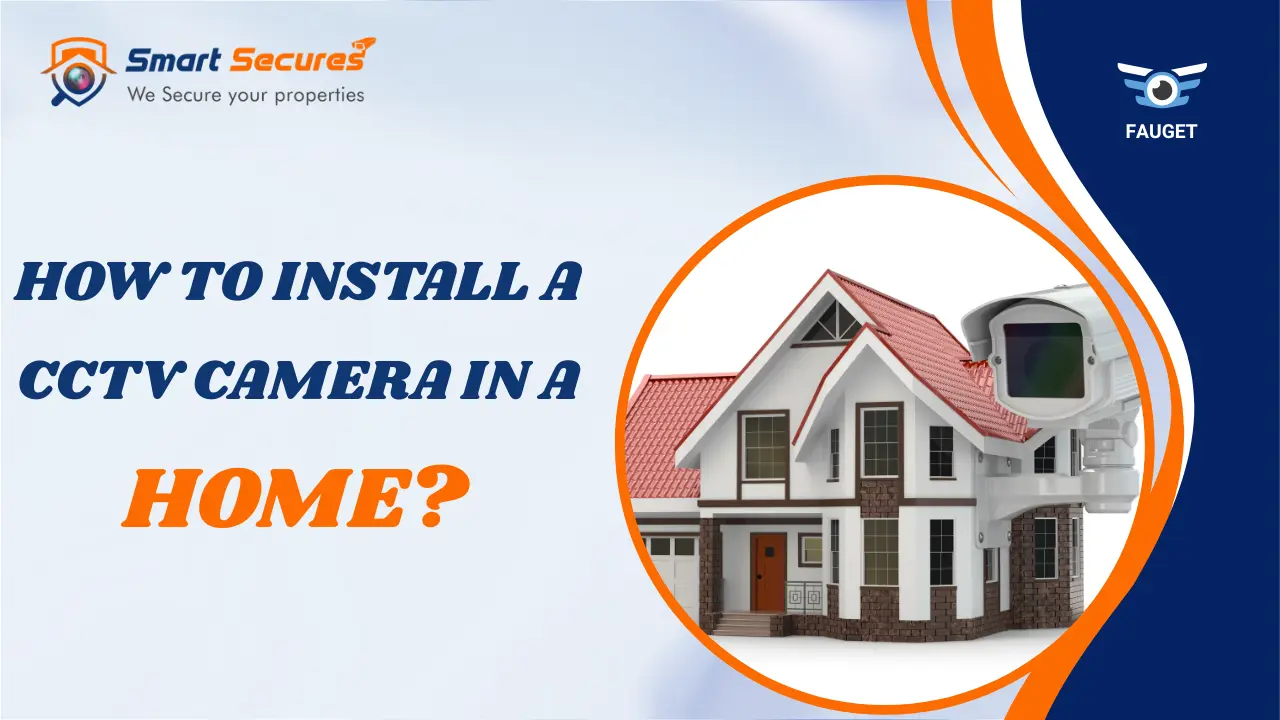Step-by-Step Guide: How to Install a CCTV Camera in Your Home
In today’s world, ensuring the safety of your home and loved ones has become more critical than ever. One of the most effective and affordable ways to enhance home security is through CCTV camera installation. Whether you're safeguarding against intruders or just keeping an eye on your property, installing a CCTV system is a wise investment.

Why CCTV Camera Installation Is Important for Home Security
- 24/7 Surveillance: Monitor your home even when you're away.
- Deters Criminal Activity: Visible cameras can prevent potential intruders.
- Evidence Collection: In case of an incident, video footage provides solid evidence.
- Remote Monitoring: Most modern CCTV systems allow access through mobile apps.
Step-by-Step Guide to Installing a CCTV Camera at Home
1. Choose the Right CCTV System
Discover more
Wireless Cameras
Network video recorder
Digital Video Recorder
camera
Outdoor Security Camera
Wireless CCTV
NVR
Network Video Recorder
cameras
Security Camera
Before beginning installation, decide on the type of system:
- Wired CCTV: Reliable and ideal for long-term usage.
- Wireless CCTV: Easier to install and flexible in camera placement.
Additionally, consider features such as night vision, motion detection, recording quality (HD, 4K), and remote viewing capabilities.
2. Select Ideal Camera Locations
Important areas to cover include:
- Main entrance
- Back/side doors
- Driveway/garage
- Backyard
- Common indoor areas (hallways, living rooms)
Tip: Mount cameras high and out of reach, with a clear view and minimal obstructions.
3. Install the Cameras
- Use a drill to mount the camera bracket.
- Screw the camera securely into place.
- If it’s a wired camera, connect the cables through the wall or ceiling.
- Angle the camera to cover the intended area.
4. Set Up the DVR/NVR System
- DVR (Digital Video Recorder): Used with analog cameras.
- NVR (Network Video Recorder): Used with IP cameras.
Connect the cameras to the recording system and then to a monitor or TV for live viewing. Ensure proper cable management to avoid damage or disconnection.
5. Power Up and Test the System
- Plug in the cameras and the recording device.
- Configure the system using the user interface.
- Test each camera feed and adjust angles if needed.
6. Configure Remote Access (Optional)
Most modern systems enable remote monitoring through mobile apps. You’ll need to:
- Connect the system to your Wi-Fi network.
- Download the compatible app.
- Sync the camera feed to your mobile device for real-time alerts and access.
Maintenance Tips for Your Home CCTV System
- Regularly clean camera lenses.
- Check for software updates.
- Inspect cables and connections for wear and tear.
- Back up important footage.
Conclusion
CCTV camera installation is a practical step toward improving your home's security. With the right system and proper setup, you can enjoy peace of mind knowing your property is monitored 24/7. Whether you go the DIY route or hire a professional, taking action now can help prevent future risks.